
Some people remember that if something is going viral, there is danger and an association of fear. But, new definitions of the word now cause the current term to be pandemic. A good example of viral (based on the word virus) would be the bubonic plague. Peaking in Europe in 1343 to 1350, the “Black Death” probably traveled from central Asia along the Silk Road, all the way to Europe on black rats with the disease ridden fleas. It was responsible for a population loss of perhaps 50%. But, it is actually a bacterial infection. The flu on the other hand is a virus but it is said to spread and does not go viral. Talk about confusing!
And that leads me to the present use of the word which is a “good thing”. Something that has gone viral based on social networks can be a video, song, joke, idea, photo, or anything that people want to share. The content can be funny, sad, or disturbing; but to go viral it has to have an emotional connection and be shared across the multiple platforms now in use.
Ideas have traveled across the country before if it was worthwhile. Fashion, jokes, and other cultural thoughts were “the bee’s knees” in the 1920’s, and later they were “bitchin,” “all the rage”, “cool”, and on and on. No one seems to know the magic number for viral status, but it seems to be the currency of success and recognition. And it seems as if it is real or fabricated, the concept will drag on. I don’t know about anyone else but I am tired of hearing the term. But, for those followers of viral content there is a good site listing the 10 best viral content on About.com here. Now I have to get back to watching the cat with its head stuck in a tissue box!
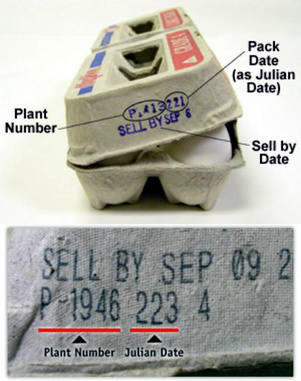
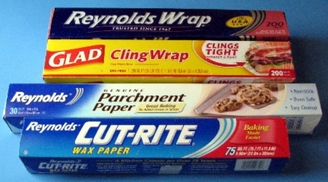
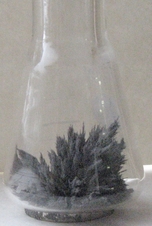
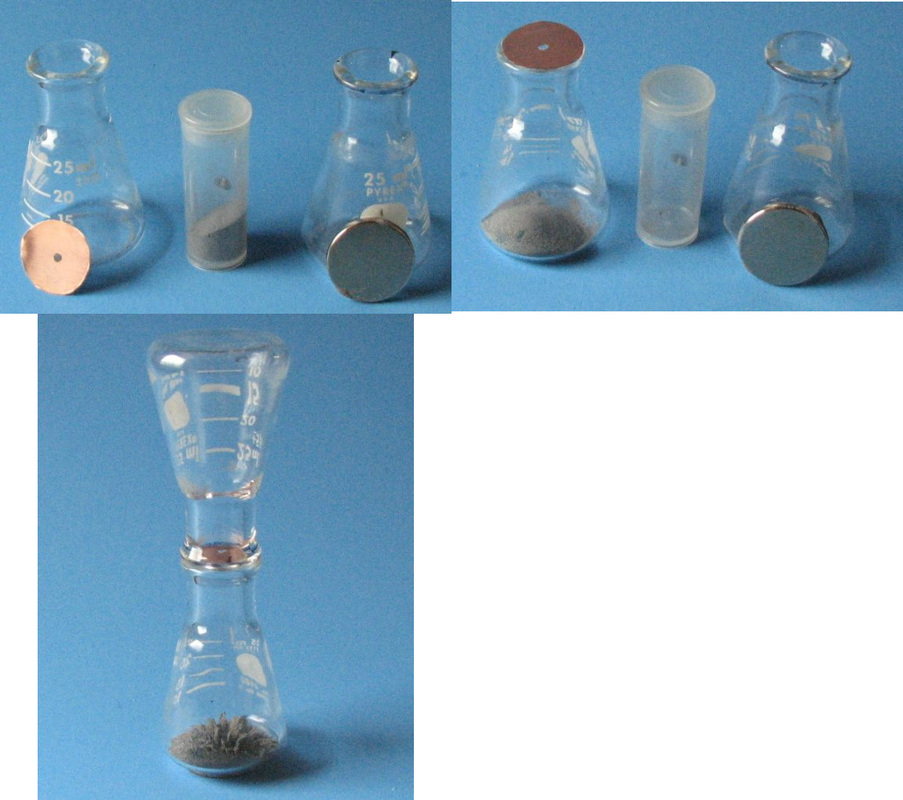
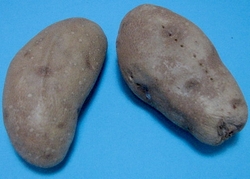


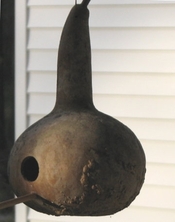

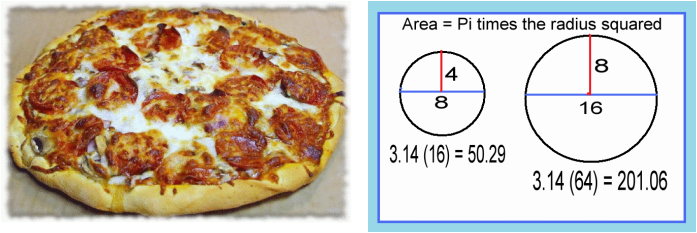
 RSS Feed
RSS Feed
